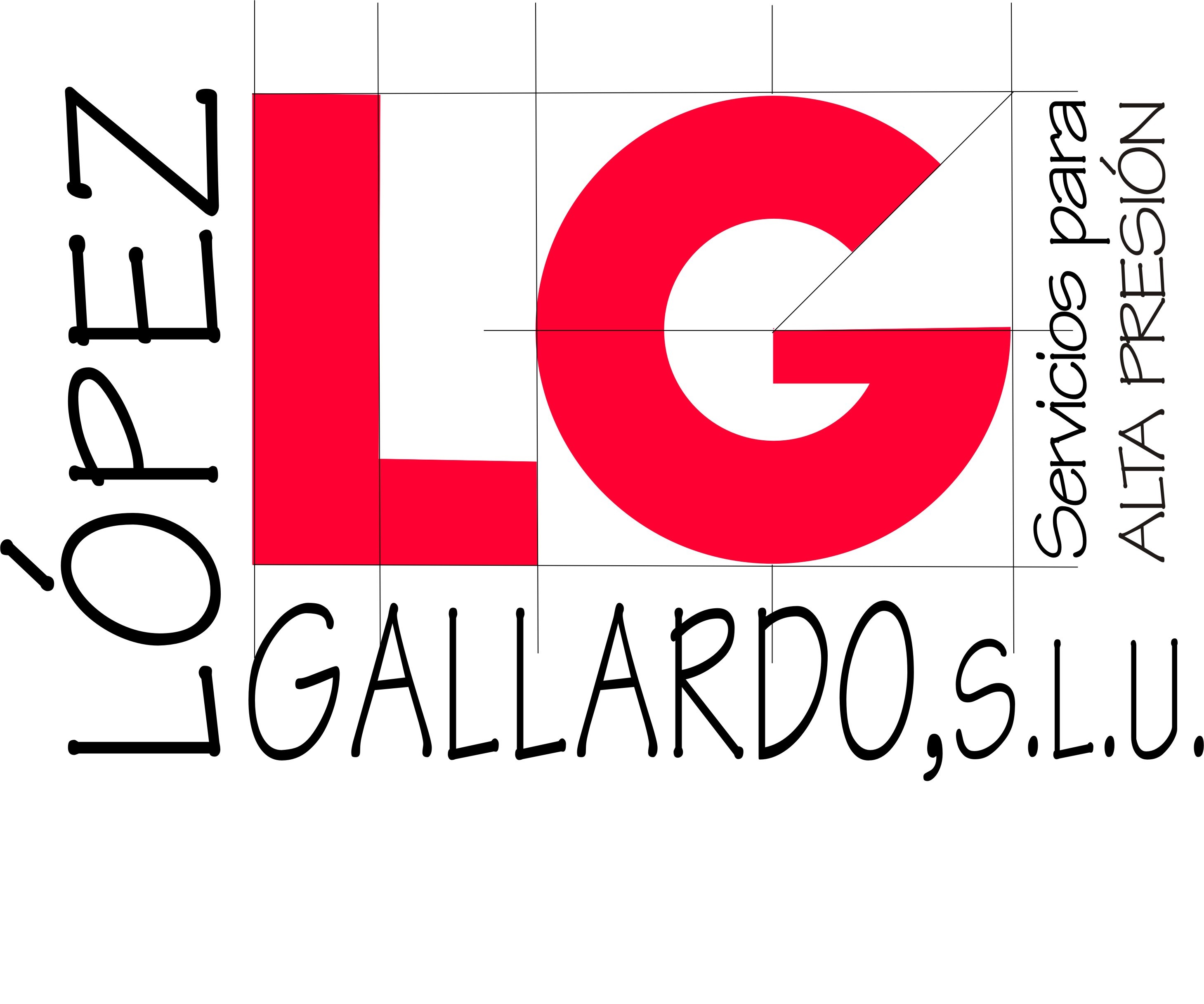what is payday loan
Spending More Attention to the Fed’s Principal Street Loans
Al Givray, Partner, Davis Graham & Stubbs LLP
The analysis that is following ready for ARSA by Al Givray, legislation partner during the law practice of Davis Graham & Stubbs in Denver, Colorado, and general counsel towards the NORDAM Group LLC in Tulsa, Oklahoma. He is able to be reached by email at al.givray@dgslaw.com. You’ll find out about Mr. Givray’s experience at: www.dgslaw.com/what-we-do/industries/aviation and www.nordam.com/who-we-are/leadership.
To help keep monitoring of each of ARSA’s work associated with the present pandemic, visit arsa.org/anti-viral-measures.
CARES ACT Title IV – The Primary Street Lending Program
The Fed’s principal Street Lending Program gives businesses with as much as 10,000 employees or profits not as much as $2.5 billion reasons why you should borrow cash from the $600 billion bucket. In the event that business is supported by investment capital or personal equity, these monies could be more appealing than an SBA loan or the Treasury-direct loan. The key Street bucket contemplates an organization taking out fully a brand new loan or contributing to a preexisting loan, including those provided underneath the SBA’s Paycheck Protection Program (in line with the Fed’s statement).
Needless to say, both you and your loan provider must qualify. Your skills would be the size and cash figures above, and using a lot of your employees in the usa. Lender will qualify when you’re certainly one of the countless “U.S. insured depository organizations, U.S. bank keeping companies, or U.S. savings and loan keeping businesses.”
Gladly, the lender that is qualified just 5% associated with the credit danger, because of the Fed picking right up 95% through its special function car framework with a good investment through the United States Treasury and all sorts of the darling guidelines that bring a great deal joy to invest in specialists.
Nonetheless, in the event the leverage as well as other metrics are not the greatest, this particular feature often helps.
Other good features: brand brand brand New loans do not require brand new security, the mortgage will likely be unsecured, have 4-year readiness, have actually amortization of principal and interest deferred for one year, carry a variable price of SOFR + 250-400 basis points, and become at the least $1 million, with no more than either $25M or a quantity that, when put into your “existing outstanding and committed but undrawn debt” (beware of this loaded term), will not surpass four times your EBITDA (another loaded term leverage), enable prepayment without penalty.
If you’re trying to expand a current loan you’ve got by having a Fed-eligible loan provider, you will have some extra traffic guidelines you’ll have to check out. See the loan that is expanded sheet for details.
The Fed’s directions leave a great amount of unanswered concerns: how will you determine the “four times leverage that is? Total leverage? Secured leverage? Something different? Using the ways that are different determine EBITDA, which formula will undoubtedly be utilized? The rules are quiet on these tough concerns, but commentary submitted by interested parties (they’re due April 16) may highlight these motorists.
The small print and strings on principal Street loans, whilst not because strict as the analogous limitations on Treasury-direct loans under Title IV, consist of attesting that the business will—
- maybe maybe Not utilize the loan profits to repay debt that is existingaside from current loans needing mandatory major payments);
- Make reasonable efforts to retain the payroll and workers through the term associated with the loan;
- Comply with the executive settlement limitations when you look at the CARES Act; and
- The limitations claimed in Section 4003(c)(3)(A)(ii) of this CARES Act barring stock repurchases and money distributions.
Inspite of the hurdles and costs additionally the reality appealing features can become ugly as details are revealed because of the Treasury Department, the method will soon be well worth every hour invested for most businesses and also you can’t be one of these without building a prompt application.
Keep tuned in for updates while the Fed gets reviews on its instructions and problems more guidance.
Past analysis from Givray. On Spending Proper Focus On Title IV CARES ACT Monies
improve: On 9, the US Treasury announced opening its submission portal for non-SBA applications for loan funds out of buckets one, two and three described in the article below april. The due date is 5:00 p.m. EDT on 17. april
Supported by capital raising or personal equity? Having doubts about fulfilling the small company Administration’s affiliation or size tests to gain access to CARES Act relief? Possibly it’s time to drill straight down on getting funds from Title IV regarding the brand new law – without impairing operations or imperiling equity.
Why? Rollout of SBA loan cash is rocky (some would phone it a tragedy). There exists a great deal of help cash for “SBA-challenged” companies – over $4 trillion if the non-SBA buckets when you look at the CARES Act are leveraged by the US Treasury and also the Federal Reserve, needlessly to say. You can find limitations and equity winds to navigate; but liquidity for all outside of the SBA world is and you will be available.
To spare your reader of mess and repeated communications, right right here’s a four-step technique to seeking money under Title IV associated with the CARES Act:
1-Act with lightning speed to fill out an application for Title IV grant or loan monies.
2-Cast a broad web to tap available/overlapping Title IV programs through the U.S. Treasury or Federal payday loans in Louisiana Reserve.
3-Plan to pick which monies and exactly how much (if any) to draw down.
4-Engage an in-house/outside team frontrunner to navigate the maze and framework choices to use it.

